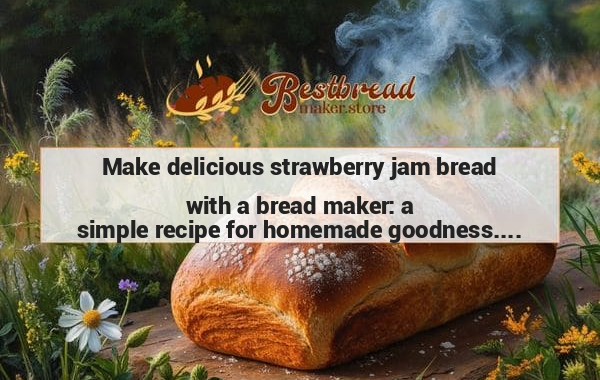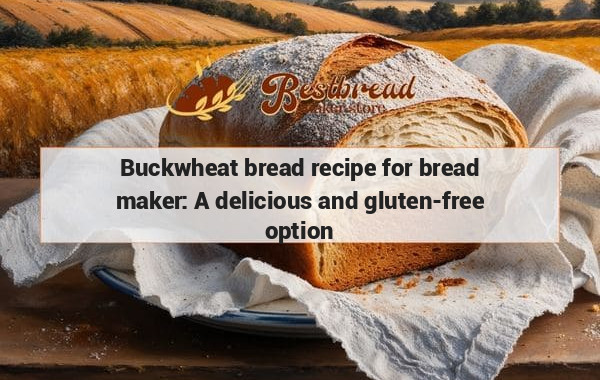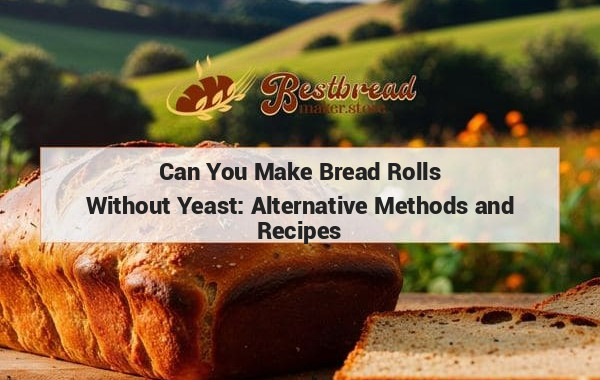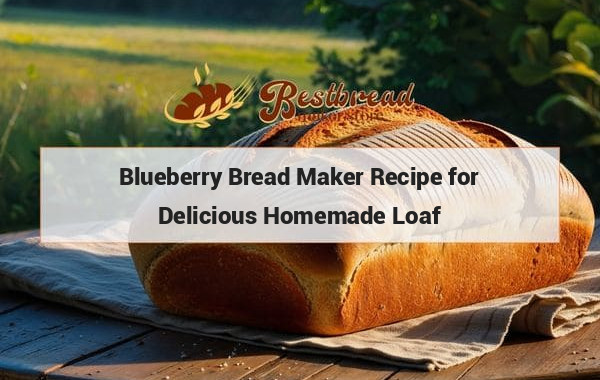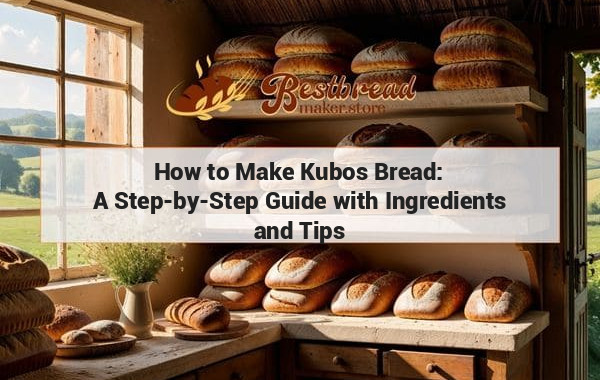How to Make Matzah Bread: Step-by-Step Guide with Ingredients and Instructions
To make matzah bread, mix flour and water to form a dough. Roll out the dough thinly, poke holes in it with a fork, and bake at a high temperature for a short time. Matzah is traditionally eaten during Passover to commemorate the Israelites' exodus from Egypt. This unleavened bread is quick and easy to make, perfect for those looking to follow Jewish dietary laws or for a simple and satisfying snack.
How to Make Matzah Bread: A Simple Guide for Beginners
Matzah bread, also known as unleavened bread, is a traditional food in Jewish culture, particularly during the Passover holiday. Its preparation is simple, but it requires precise timing to adhere to religious customs. In this guide, we will walk you through the process of making matzah bread at home.
Key Takeaways
"Matzah bread is a simple, unleavened bread made with just flour and water. To make it, mix the dough quickly, roll it out thin, and bake it in less than 18 minutes to avoid fermentation."
What Is Matzah Bread?
Matzah bread is a vital part of Jewish tradition, particularly during Passover, when it symbolizes the unleavened bread that the Israelites ate during their exodus from Egypt. Its preparation involves just two ingredients: flour and water, mixed and baked quickly to prevent the dough from rising. This simplicity is what makes matzah bread special.
Why Is Matzah Bread Important in Jewish Culture?
Matzah holds deep cultural and religious significance. It commemorates the haste with which the Israelites had to leave Egypt, not having time for their bread to rise. Eating matzah during Passover is a way of connecting with this historical moment. The bread is also referred to as "the bread of affliction" as a reminder of the hardships endured.
How to Make Matzah Bread: A Step-by-Step Guide
Making matzah bread at home can be a fun and educational experience. Here is a simple process you can follow:
Ingredients You Need:
- 2 cups of flour (whole wheat or all-purpose)
- ½ cup of water
This straightforward recipe allows you to make authentic matzah at home without much hassle.
Step 1: Preparing the Dough
The first and most crucial step in making matzah is to mix the flour and water quickly. Once the water touches the flour, the clock starts ticking. According to Jewish tradition, you have only 18 minutes to mix, roll, and bake the dough before it begins to ferment. This rapid process ensures that the dough remains unleavened.
Step 2: Rolling Out the Dough
Once the dough is mixed, roll it out into thin sheets. The thinner, the better. You want to aim for about 1/8 inch thickness. This ensures the dough will cook quickly in the oven. You can cut the dough into small, flat pieces, making sure to poke a few holes in each one to prevent air bubbles from forming during baking.
Step 3: Baking the Matzah
Place the dough on a baking sheet and bake it in a preheated oven at 475°F (245°C). The dough should bake for 5-7 minutes or until it starts to turn a golden brown. Make sure to watch the time carefully, as overbaking can result in matzah that is too hard or crispy.
The Importance of Timing in Matzah Preparation
In making matzah, timing is everything. Jewish law dictates that from the moment the water touches the flour, the entire process must be completed within 18 minutes. This time constraint is significant because any fermentation or rising of the dough is forbidden during Passover.
This requirement may sound strict, but it is actually quite manageable with a little preparation. By setting up all your ingredients and tools beforehand, you can easily complete the process in under 18 minutes, ensuring your matzah remains compliant with tradition.
Tools That Help Speed Up the Process
- Rolling pin: Ensures uniform thickness of the dough.
- Baking sheet: Allows even cooking in the oven.
- Fork or dough docker: Prevents air bubbles by poking holes into the dough.
These simple tools can make a big difference in the speed and efficiency of your matzah-making process.
Variations of Matzah Bread Around the World
While the basic ingredients remain the same, different communities have developed unique ways of making matzah bread. Some might add extra ingredients like salt or olive oil for flavor, although this is usually done outside of the Passover period. In places like Yemen and Ethiopia, traditional matzah takes on slightly different forms, incorporating cultural influences from those regions.
Sephardic Matzah
In the Sephardic Jewish tradition, matzah is often round and slightly softer than the crisp sheets commonly found in Ashkenazi traditions. This variation can still be made at home, but requires a slightly different technique to maintain its softness while still adhering to the 18-minute rule.
Choosing the Best Bread Maker for Your Home Kitchen
If you want to make more types of bread beyond matzah, a bread maker can be a great addition to your kitchen. A high-quality bread maker will allow you to experiment with different recipes, textures, and types of bread. For instance, the website bestbreadmaker.store provides excellent reviews and recommendations on the best bread makers to fit your needs, whether you're a beginner or an experienced baker.
Frequently Asked Questions
1. Can I add salt or oil to matzah dough?
Traditionally, matzah is made only with flour and water to adhere to Passover laws. However, outside of Passover, some variations include salt or olive oil for added flavor.
2. What happens if the dough rises?
If the dough starts to rise, it is no longer considered kosher for Passover. The dough must be discarded, and a new batch should be started immediately.
3. How thin should I roll the dough?
Aim for a thickness of about 1/8 inch. Rolling the dough too thick will make it hard to bake within the time limit, and it may end up chewy rather than crispy.
4. What is the difference between matzah and regular unleavened bread?
The main difference is the strict time limit during the preparation of matzah, which ensures it remains unleavened. Other types of unleavened bread may not follow this specific 18-minute rule.
5. Can I make matzah in a bread maker?
While a bread maker is ideal for other types of bread, it is not suitable for making matzah, as the process requires careful timing and hand-rolling to meet Passover requirements.
By following this guide, you’ll be able to make traditional matzah bread right at home, honoring the rich cultural history behind this humble bread. Whether for Passover or simply to explore new baking traditions, matzah is a unique addition to your culinary repertoire. Remember, if you're looking for a reliable bread maker for other types of bread, visit bestbreadmaker.store to find the best machine for your kitchen.



